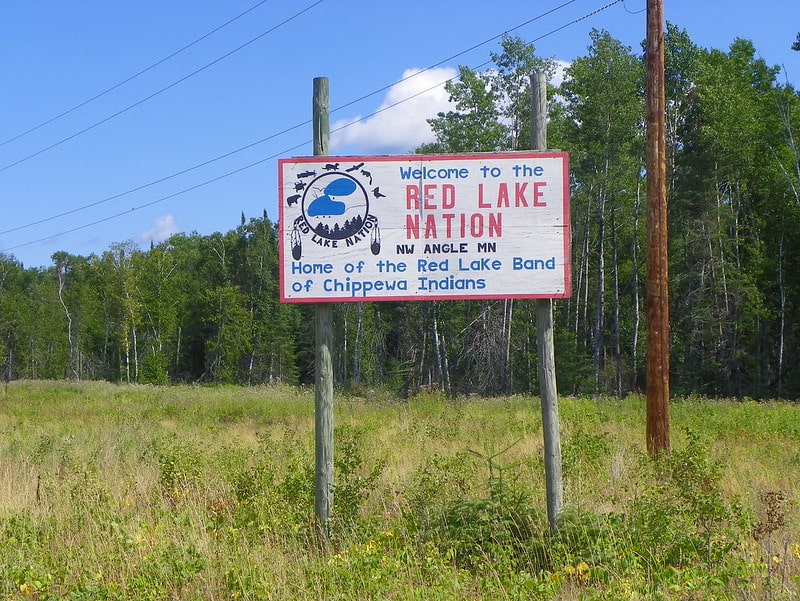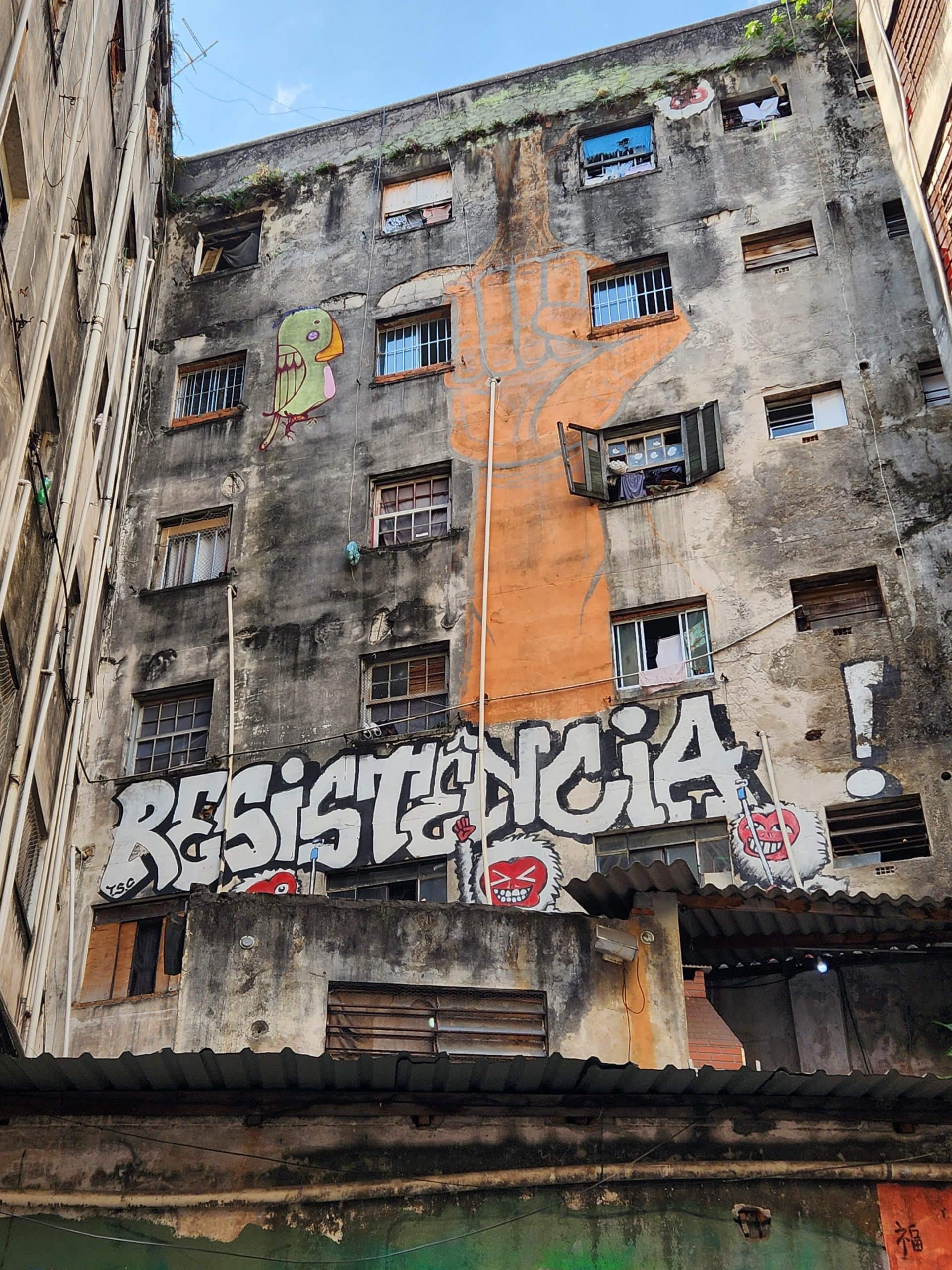Enterprise Community Partners has issued a new report on what all 50 states are doing with funds received from the national mortgage settlement. It's a comprehensive filing, but acknowledges that while some states offer pinpoint appropriation plans, others include abiguities that leave open the door to divert funds to non-housing projects:
“The settlement documents provide a description of what the states intend to do with the funds. Some state descriptions are very specific, while others are vague. Nonetheless, these descriptions provide the first insights into how this $2.5 billion will be spent. Despite some states diverting funds for non-housing needs, housing advocates are encouraged that, for the most part, the funds will be spent on housing- related activities.”
At its annual conference last month the National Community Reinvestment Coalition addressed this issue on a panel featuring Joseph Smith, North Carolina's longtime banking commissioner who now serves as monitor for the settlement. “Is there concern that money would be funneled into infrastructure projects? Yes. People worked hard to reach this agreement and this has to do with real people suffering and for this money to go to another source doesn't feel fair at all.
Mark Morial, a former mayor of New Orleans and current president of the National Urban League was a little more blunt:
“In some cases, state AGs have never been near a housing program. I think our message should be that he AGs should follow the message and the spirit of a settlement that was about housing. This is not about asphalt, not about planting trees.
The response is mixed and the analysis of the settlement is vast. The funds are a drop in the hat when you look at $700 billion in negative home equity since the housing crisis took hold, but that familiar caveat is always important to note: It's a start.
Rooflines file photo.





Comments